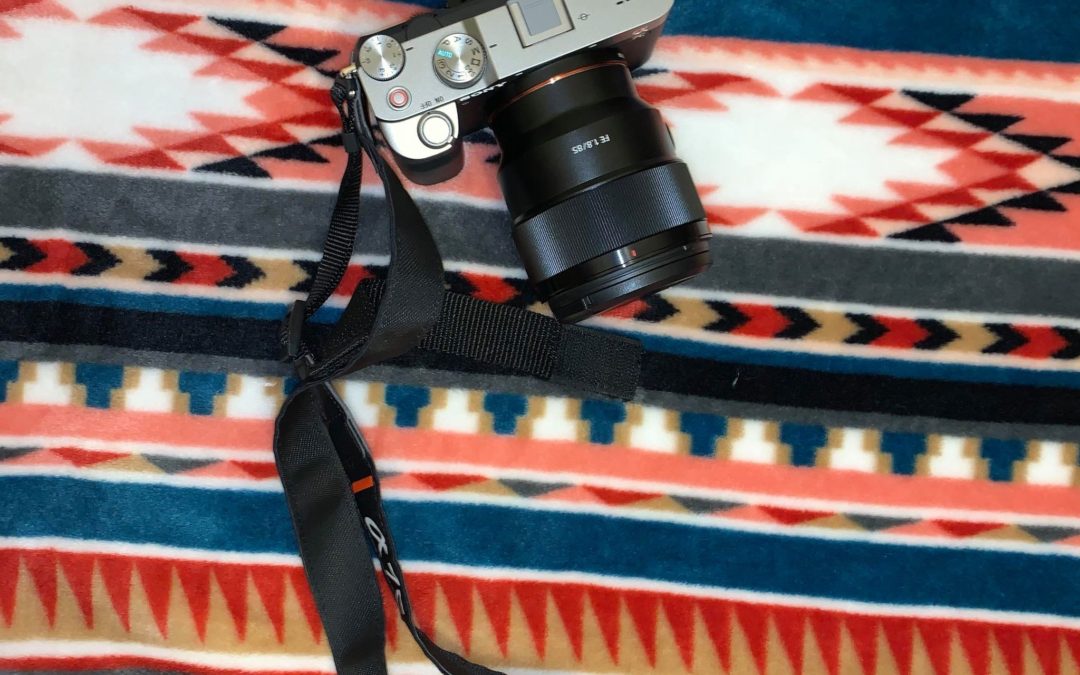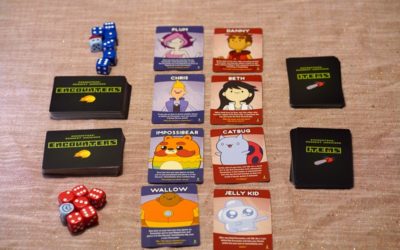Have you ever taken the time to discover your backyard? No, like really discover it! It never occurred to me how little I knew about what was going on in my yard. It also was not readily apparent how little I cared to know. My curiosity had been dulled by years of neglect. Follow along and see how exploring your yard can help you uncover your childhood inquisitiveness. Discover your curiosity!
(Rainy day? Still looking to invest in some family time? Check out these 6 Ideas to Make Family Night Fun)
This summer we discovered a fantastic find in our backyard. Like many of life’s adventures, it started with a simple question. I was sitting blissfully in my back yard, having just half-heartedly pulled some weeds growing into one of the flower beds. Out of nowhere my daughter asked,
“Dad, is that poison ivy?”

Discover Your Curiosity by Admitting the Extent of Your Current Knowledge
“Uh, no” I said with certainty. First off, I am an Eagle Scout after all and that tidbit of plant knowledge, along with a few skills like fire starting, map reading, and first aid, is forever seared in my mind. The follow-up question may have been avoided had I not taken the time to relay to my daughter that I was an Eagle Scout and knew what I was talking about after she gave me a doubtful glance.
“Then what is it?”
Busted.
In two questions I had reached the end of my rather short botanical rope. But the end of that road led to a door. A door in which I could discover my curiosity again, like when I was five years old.
Discover Your Curiosity by Embracing Potential Opportunities
“I don’t know…”
It was in that moment that I looked around my yard and realized what a passive observer I am in a world begging for active interaction. By urban standards it was a modest yard. It is just slightly over 15ft by 30ft with a third of that area covered by a patio. As I glanced around it through fresh eyes though, I suddenly felt like I was on the Lewis and Clark expedition staring across the plains of the American West. In that moment I had a chance, I could move on with the chores of the day or embrace discovery.
(Do you want explore beyond your backyard? Check out Why You Need a National Parks Pass)
Discover Your Curiosity by Diving In Wherever You Are
Like so many times before I was tempted to go about my day, but for some reason I was arrested by the moment. The façade of knowledge was too apparent in the moment. The pretending was not just stunting my own development but also the development of my children. Something snapped and I got down on my hands and knees and a smile spread across my face and I said
“I know, let’s be explorers!”
1 Yard, 1 Weekend, 100 Species
For about a week the kids and I took a few minutes each day armed with a series of pencils, sketch pads, and the help of Google Lens and we started cataloguing our back yard. We quickly realized that for every one plant or insect we recorded dozens more unknown specimens were there alongside it waiting to be discovered.
Then the email came. A local foundation was hosting a Bioblitz
There’s an App for that: iNaturalist
I had never heard of a Bioblitz before, but someone in our homeschool group had posted the signup and what caught my attention was the call to explore and record the natural world of your neighborhood. Families were encouraged to download a free app called iNatualist, and use the app to record their discoveries. The app uses AI and pictures uploaded by hundreds of users to quickly identify a specimen. We spent the entire weekend exploring and loved it!
A Whole New World In Which to Discover Your Curiosity

We found that taking a walk every day became a priority. We also found that slowing down became a priority. It was amazing how much there was to see once you slowed down and looked. We would use the app to snap a few pictures of a mushroom, then by the time I hit save someone had found a centipede. A few more photos. “Look over here, there is something hiding in this bark”. Another photo. “I found berries on this bush!” Where we once could zip around our neighborhood in a few minutes, suddenly we hadn’t made it 100 yards.
Discover Your Curiosity by Soaking It In

The fun didn’t end once we returned from our many walks. We would gather around and begin the identification process. The iNaturalist app provides a recommendation with multiple alternatives. We found ourselves flipping back and forth, trying to decide if our bug had the right features to make it a Marmorated stinkbug, or a Rough stinkbug. We chose the one we thought best and then waited. Soon, sometimes within minutes, and sometimes after weeks, other users would comment and provide their identifications. An entomologist from Arizona gently pointed out why our stinkbug was actually a Rough stinkbug. Three days later I found a small bug that even iNaturalist had trouble identifying. I tagged the Arizona entomologist in the observation and by the next morning we had identified a Rice Stinkbug as the culprit in the photo soaking up the sun on the side of the pool.
Discover your Community
The more we discovered over the next few weeks, the more we realized we didn’t know very much. There are people out there who do though, and the community who uses iNaturalist tends to be the kind who are more than happy teach you what they know. For instance, one day my daughter found a spider on the wall and where in the past there would have been screaming and running away, she hunted me down and said, “Dad I found a specimen for our app!” I’m not a fan of spiders but I took a picture, attempted to identify it but was dismayed by the many types of jumping spiders. I simply listed the observation as “spider” and left it. However, a few days later a user had identified it for me, and had listed it as an adult female.
What?
How?
Fear of Discovery Emboldens Ignorance, the Enemy of Curiosity
I hesitated for a moment, afraid of what I would find out, but much like my daughter’s curiosity in wanting to know what the vine, that wasn’t poison ivy, actually was, I tentatively wrote a comment in the observation saying, “How do you know that?”
“Because the females have a beard!”
Not what I was expecting, but I found myself relieved and further intrigued. That night, for the first time ever, I typed into Google, “How to identify jumping spiders”. Sure enough, they have beards. Although more of a mustache than a beard when you look closely. Who knew? The community!
Full Circle
It was a great summer full of Grey Tree frogs, Meadow Katydids, Bald-faced hornets, British Soldier Lichen (my new favorite observation!) and 234 other species discovered in our little corner of the world.

As winter approached, we walked the neighborhood with some friends. One of their children picked up a brown, dried up leaf, a relic of longer and warmer days. The little girl said it’s big and my daughter said, “it’s a Sycamore leaf, they get really big.” Their bark is smooth and peels off in mottled grey, green, brown pattern, and with that her eyes searched the surrounding area and across the park she pointed out a tall, grey and white stately tree and said, “from over there.” And she was right, we had logged several observations from that old lady, including a Chinese mantis.

Did you know you can tell the difference between male and female trees? You can, although Sycamores are monoecious, but that’s a story for another day.
Who knew!
So, have you ever taken the time to discover your own back yard? Why not?!
Next Steps
- Admit the limits of your knowledge and don’t propagate and inoculate the idea that ignorance is acceptable.
- Nurture your own curiosity! We moan about how little our children learn in school, and yet model to them everyday that we are comfortable with the limits of our own knowledge.
- Walk around your yard and see if you can name even the trees that are there. Once you train your eyes to see the trees as individuals versus large patches of generic foliage, every drive down the road will yield a pleasant surprise.
- Go slow. The slower you observe things the more you will see.
- Get an app or tracking mechanism of some sort and start collecting! It reminds me baseball cards when I was younger, or Pokémon cards. The iNaturalist app allows me to view and manage a collection of species that I have personally identified.
- Life is an adventure, embrace the journey. Some estimates contend there are 8.7 million different species of living things on earth. I have only identified 234 this summer. There is so much to learn, so turn off the screen and get out there!











So enjoyed your article. Thank you for stirring my curiosity 😁